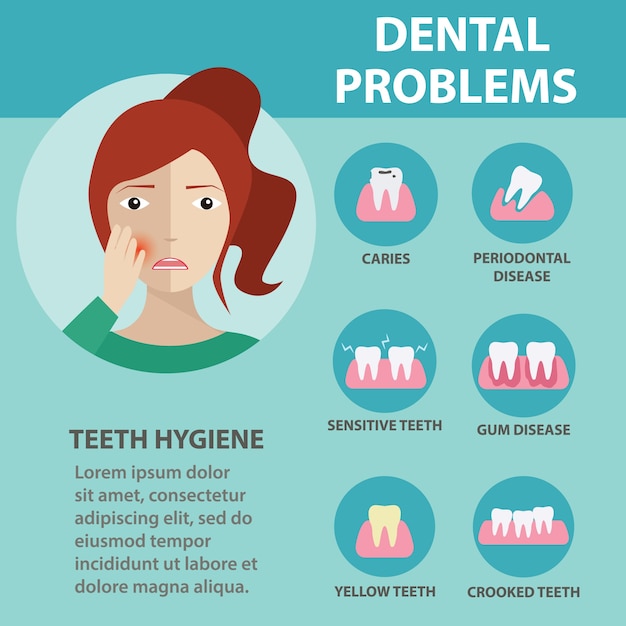The Horizon Of Dental Surgery: Revolutionary Innovations And Enhancements Shaping The Profession
The Horizon Of Dental Surgery: Revolutionary Innovations And Enhancements Shaping The Profession
Blog Article
Published By-Kokholm Guerra
Welcome to the globe of oral surgery, where developments and advancements are forming the future of the field! In this interesting world, you'll witness the transformative power of robotics, the advanced marvel of 3D printing, and the game-changing effect of minimally invasive methods.
oral surgeon near me of dental surgery holds an assurance of precision, performance, and enhanced person outcomes. With the help of advanced robotics, cosmetic surgeons are able to execute complex treatments with better accuracy and control.
3D printing technology is reinventing the development of dental implants and prosthetics, providing personalized solutions that fit flawlessly into each client's special anatomy.
Furthermore, minimally intrusive techniques are lowering post-operative pain and healing time, allowing clients to return to their every day lives sooner.
Prepare yourself to explore the amazing developments and breakthroughs that are reshaping the landscape of dental surgery!
Advancements in Robotics
One major improvement in oral surgery is using robot modern technology, which enables specific and effective surgical procedures. With the help of robot systems, dental doctors have the ability to carry out complex surgical treatments with improved accuracy, minimizing the threat of human error.
These robotic systems are equipped with innovative imaging modern technology and accurate tools that enable surgeons to browse through intricate anatomical structures with ease. By using robot innovation, doctors can accomplish better medical accuracy, causing boosted person outcomes and faster healing times.
Furthermore, making use of robotics in oral surgery permits minimally invasive procedures, reducing the trauma to bordering tissues and advertising faster recovery.
3D Printing in Dental Surgery
To improve the area of dental surgery, you can explore the subtopic of 3D printing in dental surgery. This ingenious technology has the possible to change the way oral specialists operate and treat clients. Here are four crucial methods which 3D printing is forming the field:
- ** Custom-made Surgical Guides **: 3D printing enables the production of highly precise and patient-specific medical guides, enhancing the precision and efficiency of procedures.
- ** Implant Prosthetics **: With 3D printing, dental surgeons can develop tailored dental implant prosthetics that perfectly fit a patient's one-of-a-kind makeup, leading to much better results and person complete satisfaction.
- ** Bone Grafting **: 3D printing allows the production of patient-specific bone grafts, lowering the need for standard implanting methods and enhancing recovery and healing time.
- ** Education and Training **: 3D printing can be used to develop realistic surgical designs for instructional objectives, allowing dental cosmetic surgeons to exercise complicated treatments prior to executing them on patients.
With its potential to boost accuracy, customization, and training, 3D printing is an interesting growth in the field of dental surgery.
Minimally Invasive Strategies
To further advance the area of dental surgery, accept the capacity of minimally intrusive strategies that can considerably benefit both cosmetic surgeons and patients alike.
Minimally invasive techniques are changing the field by reducing surgical trauma, minimizing post-operative discomfort, and speeding up the recovery procedure. https://www.einnews.com/pr_news/644059311/exeter-orthodontics-in-reading-offers-cutting-edge-orthodontic-care-with-invisalign involve making use of smaller sized cuts and specialized tools to execute treatments with precision and performance.
By using innovative imaging innovation, such as cone beam of light computed tomography (CBCT), doctors can precisely prepare and carry out surgical procedures with minimal invasiveness.
In addition, using lasers in dental surgery permits precise tissue cutting and coagulation, causing minimized blood loss and minimized healing time.
With minimally invasive techniques, patients can experience faster recovery, minimized scarring, and boosted results, making it an important facet of the future of oral surgery.
Conclusion
So, as you can see, the future of dental surgery is exceptionally encouraging, with amazing innovations and breakthroughs shaping the area.
From the improvements in robotics to making use of 3D printing and minimally invasive strategies, oral specialists are reinventing the means they offer treatment.
While some might stress over the possible price related to these advancements, it is very important to keep in mind that these modern technologies inevitably enhance patient results and reduce recuperation time, making them well worth the investment over time.
